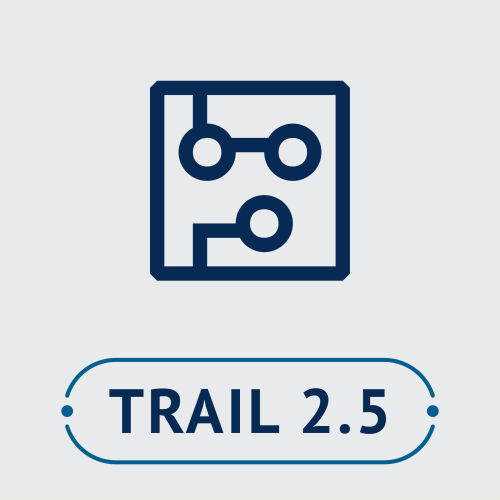A workflow for enhancing iconography authority data in the Wikimedia Universe

This TRAIL focuses on the integration and publication of cultural heritage entities within open knowledge platforms, particularly Wikidata, Wikimedia Commons, and specialised Wikibase instances such as on the wikibase.cloud. By linking structured data with broader community-driven repositories, the project adheres to FAIR principles, ensuring archaeological and numismatic datasets are accessible and usable across research domains. The project prioritises iconographic and typological data, leveraging specific examples such as ship depictions on Roman coins, Terra Sigillata pottery, ceramic typologies, and ogham stones. These entities, rich in historical and cultural significance, are integrated as structured data into Wikidata and Wikimedia Commons, with supplementary descriptive elements, including media files and scholarly references.
Key activities and outcomes include:
- Integration of Iconographic and Typological Data: Entities such as Roman ship depictions, Terra Sigillata pottery, and ogham stones are published and enriched in the Wikiverse. This includes embedding their metadata in Wikidata, linking them to media files hosted on Wikimedia Commons, and referencing them in Wikipedia articles for broader public access.
- Development of Workflows for Data Transformation: Semi-automated workflows enable the transformation of archaeological and numismatic data into machine-readable formats, such as SKOS, ensuring compatibility with Wikibase instances like wikibase.cloud.
- Community-Driven Vocabularies: The project simplifies the publication of vocabularies and thesauri aligned with cultural heritage data, supporting interoperability and reuse. Specific vocabularies linked to ceramic typologies and ogham inscriptions are integrated into the DANTE vocabulary server and connected to Wikidata.
- Open Educational Resources (OER): To ensure the sustainability of these practices, new OER materials are developed for use in tandem with university courses, training researchers and students in publishing and contextualising cultural heritage data within the Wikiverse.
This TRAIL exemplifies how platforms like Wikidata and Wikibase can facilitate the contextualisation of heterogeneous cultural heritage data, promoting cross-disciplinary research and public engagement. The project highlights the transformative potential of open knowledge systems in preserving and disseminating material culture by showcasing best practices with examples such as ship iconography, ogham stones, and ceramic typologies.